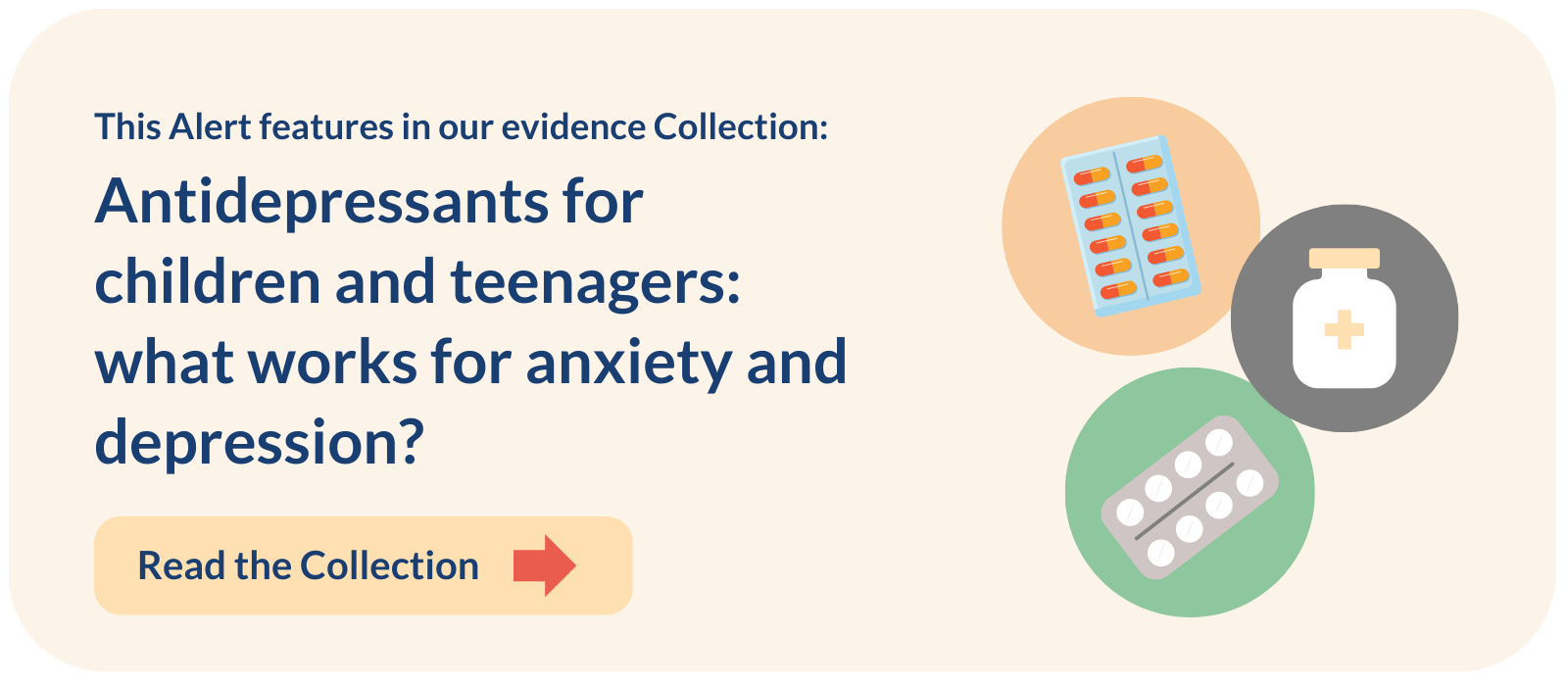Please note that this summary was posted more than 5 years ago. More recent research findings may have been published.
This is a plain English summary of an original research article. The views expressed are those of the author(s) and reviewer(s) at the time of publication.
Dozens of drugs prescribed for psychiatric disorders in children and adolescents have been ranked in order of safety by an international team of psychiatrists. The drugs are prescribed for mental health conditions including depression, psychosis, attention deficit hyperactivity disorder (ADHD) and mood disorders.
All drugs can have unwanted side effects (adverse effects). The researchers looked at published reports of adverse effects of drugs given to young people with psychiatric disorders.
They found that the safest drugs for treating depression are escitalopram and fluoxetine. The safest drug for treating psychosis is lurasidone, the safest for ADHD is methylphenidate and the safest mood stabiliser is lithium.
The researchers had most concerns about the safety of venlaxafine, olanzapine, atomoxetine, guanfacine and valproate.
The study is intended to help clinicians and psychiatrists choose the most tolerable drugs for children and adolescents, according to available evidence. They brought together reports of side effects that are currently buried across hundreds of individual scientific papers.
What’s the issue?
Mental disorders frequently begin in childhood or adolescence. Early intervention may be key to helping people recover. Every year, millions of under-18s are prescribed powerful medicines that affect behaviour, mood, thoughts or perceptions (psychotropic medicines) at a time when their developing brains and bodies are acutely sensitive. Some minors receive medications that have been tested and approved for use only in adults.
Psychotropic medicines are associated with a range of adverse effects including nausea, sedation, weight gain and insomnia. Psychiatrists, young patients and their families need information on these adverse effects to make informed decisions about which – if any – drug to try.
Psychiatrists are concerned that data on reported adverse effects have not been brought together and presented clearly. This means some children and adolescents are taking medicines for which the balance of benefit versus adverse effects is not well known. Doubts over the safety of drugs can increase delays before patients start taking treatment. Some vulnerable young people may refuse medicines which could help them.
What’s new?
The researchers examined 80 psychiatric drugs. They pooled information from across the scientific literature on 78 adverse effects reported in children and adolescents. Altogether, the study included data on 337,686 children and adolescents who had received the drugs. This came from 48 meta-analyses, 90 randomised control trials and eight cohort studies.
Researchers sifted the data to find the drugs for which there were reports on at least 16 of the 78 adverse effects. Only 19 (of 80) drugs passed this cut-off point.
Of these 19 drugs:
- the safest antidepressants were escitalopram and fluoxetine, and the least safe was venlafaxine
- the safest antipsychotic was lurasidone and the least safe was olanzapine
- methylphenidate was the safest anti-ADHD drug, and the least safe were atomoxetine and guanfacine
- the safest mood-stabiliser was lithium, and the least safe was valproate.
Why is this important?
Strikingly, the study found that for many medications there are no, or insufficient, high quality data on adverse effects in this age group. The researchers urge psychiatrists and doctors to be cautious in prescribing drugs with limited data to children and adolescents. They suggest that medications with safer profiles should be preferred as first-line treatment.
The study provides a synopsis of the relative safety profiles of drugs for which there were data. It could help guide the prescription of psychotropic medications to young people.
What’s next?
This study looks only at adverse effects. It does not describe how effective each drug is as a treatment for the various conditions in children and adolescents. The same team is preparing a follow-up report to address this question.
Together, the two assessments of safety and effectiveness should provide a useful guide. It will help guide patients, their families, GPs and psychiatrists in making choices for young individuals suffering from mental disorders in need of medication treatment. Prescribing decisions can be complex. Adverse effects can be distinct – from weight gain to sedation and sexual dysfunction – and doctors and patients plus their families will discuss them before making the most appropriate choice for the young person.
Policy-makers and regulators may also be interested in these results. For many drugs, key safety data is not available in the literature for this vulnerable age group. For some drugs, the safety profile and risks of adverse effects highlighted in this study might not be clearly presented in instructions to patients.
You may be interested to read
The full study: Solmi M, and others. Safety of 80 antidepressants, antipsychotics, anti-attention-deficit/ hyperactivity medications and mood stabilisers in children and adolescents with psychiatric disorders: a large scale systematic meta-review of 78 adverse effects. World Psychiatry 2020 19:2; 214-232
Funding: This research was supported by the NIHR Oxford Cognitive Health Clinical Research Facility and the NIHR Oxford Health Biomedical Research Centre.
Conflicts of Interest: None declared by MS or SC. Other authors have received fees from various pharmaceutical companies.
Disclaimer: Summaries on NIHR Evidence are not a substitute for professional medical advice. They provide information about research which is funded or supported by the NIHR. Please note that the views expressed are those of the author(s) and reviewer(s) and not necessarily those of the NHS, the NIHR or the Department of Health and Social Care.
NIHR Evidence is covered by the creative commons, CC-BY licence. Written content and infographics may be freely reproduced provided that suitable acknowledgement is made. Note, this licence excludes comments and images made by third parties, audiovisual content, and linked content on other websites.
